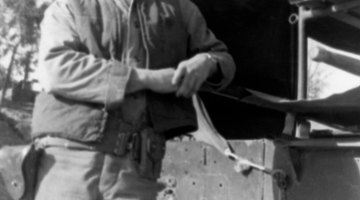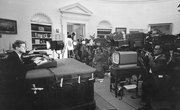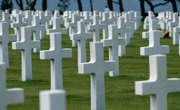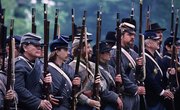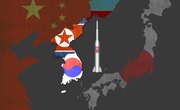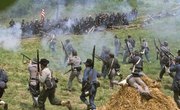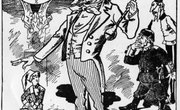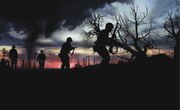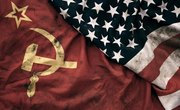“I guess we’ve got no choice, but it scares the death out of me. I think everybody’s going to think, ‘we’re landing the Marines, we’re off to battle." - President Lyndon B. Johnson, 6 March 1965
Two major wars involved American military troops in the 1950s and 60s. In 1950 when North Korea invaded South Korea, President Harry Truman responded by sending troops to aid South Korea. This required United Nations assistance to the American military conflicts. In 1964, President Lyndon Johnson sent additional troops to Vietnam to assist the South Vietnamese government from being overthrown by the North Vietnamese and disgruntled South Vietnamese citizens. Comparing the wars in Korea and Vietnam shows similarities and differences impacting each of the final outcomes based on conditions and motivations behind the wars.
Divided Countries Go to War
When these two wars began, both Korea and Vietnam were divided nations with communism entrenched in the northern parts of both countries and anticommunism in the southern areas. President Truman’s policy in North Korea resisted the spread of communism in favor of free societies that were attacked by armed minority factions or outside invaders. In Vietnam, President Johnson had to respond to conflicts in the Tonkin Gulf while also moving war efforts from initial American military conflicts intervention to full-scale American involvement.
Influences in Both Wars
The Russian and Chinese governments pushed North Korean leader Kim Il-Sung to invade South Korea and supplied troops and weapons when American forces responded to South Korea’s defense. Vietnam's war was predominately an internal civil war without external influence, except for a short period of time when China invaded in 1978. The American troops had difficulty determining friend from foe because many South Vietnamese sided with the North Vietnamese because the South Vietnamese government was corrupt.
Korean War vs. Vietnam War
The U.S. did not declare war on North Korea or North Vietnam. The U.S. responded to U.N. Security Council vote and quickly built up troops to aid South Korea under Gen. Douglas MacArthur. In Vietnam, the U.S. had already supplied troops and advisers to South Vietnam when it was under French control. Johnson gradually supplied additional troops as they were needed. One goal in both conflicts was to prevent communist takeover of an anticommunist government. The "domino effect" premise proposed by Truman and later Kennedy was that if one government fell to communism that other countries in the area would follow.
One Strategy, Two Results
While there are similarities, how was the Vietnam War different than the Korean War? Both wars relied heavily on bombing from aircraft. American and U.N. allied troops bombed North Korea to such an extent that most cities, supply depots and industrial sites were destroyed. The North Korean government was plunged into financial and physical ruin to such an extent that the communist forces had to negotiate a peace settlement to survive the devastation. In Vietnam, the destruction from the air was not as severe. North and South Vietnamese troops were fighting the Americans in addition to troops from China. No front-line warfare occurred in Vietnam. Instead, guerrilla jungle warfare occurred as a military response that didn’t follow traditional military campaigns. The conflict strategies used in Korea were not effective in Vietnam.
No Victory Won
Looking closer at the conclusions of the two American military conflicts, the Korean War ended after three years and the U.S. continued to aid South Korea with troops, money and supplies. Neither side was defeated as both sides negotiated treaties to end the hostilities. Korea remained divided after the war while the Vietnam War lasted 10 years and wasn't one the U.S. ultimately could win. President Nixon withdrew troops as the war became more unpopular and it became obvious that North Vietnamese leader Ho Chi Mihn would continue to fight until he drove the U.S. out of Vietnam. Ultimately, Vietnam reunited under communist rule.
Related Articles
References
Writer Bio
Rev. Kathryn Rateliff Barr has taught birth, parenting, vaccinations and alternative medicine classes since 1994. She is a pastoral family counselor and has parented birth, step, adopted and foster children. She holds bachelor's degrees in English and history from Centenary College of Louisiana. Studies include midwifery, naturopathy and other alternative therapies.

